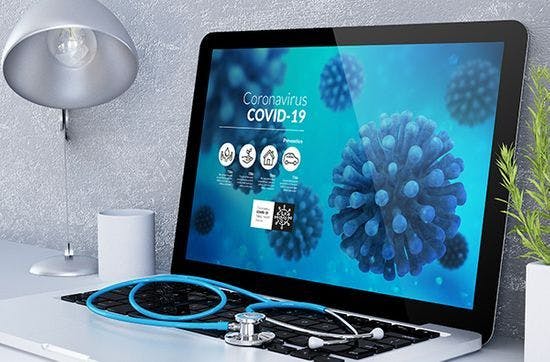- Acne
- Actinic Keratosis
- Aesthetics
- Alopecia
- Atopic Dermatitis
- Buy-and-Bill
- COVID-19
- Case-Based Roundtable
- Chronic Hand Eczema
- Chronic Spontaneous Urticaria
- Drug Watch
- Eczema
- General Dermatology
- Hidradenitis Suppurativa
- Melasma
- NP and PA
- Pediatric Dermatology
- Pigmentary Disorders
- Practice Management
- Precision Medicine and Biologics
- Prurigo Nodularis
- Psoriasis
- Psoriatic Arthritis
- Rare Disease
- Rosacea
- Skin Cancer
- Vitiligo
- Wound Care
Publication
Article
Dermatology Times
Puzzling PRP possibilities and dermatology
Author(s):
The use of platelet-rich plasma (PRP) has grown in popularity over the past few years. Zoe Diana Draelos, MD, explains the anti-aging benefits of PRP and how it is impacting dermatology.
.Q: What is PRP?
PRP stands for platelet rich plasma. The normal platelet count in human blood is 150,000- 350,000/microliter. PRP is defined as one million platelets per microliter in a small volume of plasma with a full complement of clotting factors. There are seven key growth factors in PRP: platelet-derived growth factors (PDGFaa, PDGFbb, PDGFab), transforming growth factors (TGF-b1, TGFb2), vascular endothelial growth factor (VEGF), and epithelial growth factor (EGF). Cellular mitogenesis and angiogenesis are both upregulated by PRP, making it useful in facial rejuvenation.
Q: How is PRP obtained and prepared?
PRP is obtained from freshly drawn blood with an added anticoagulant. The blood is centrifuged twice. The first spin, known as the hard spin, separates the red blood cells from the plasma containing the platelets, white blood cells, and clotting factors. Three layers result from the hard spin: an upper layer containing platelets and white blood cells, a middle layer known as the buffy coat containing white blood cells, and a bottom layer containing red blood cells. The red blood cell layer is removed and discarded.
The second spin, known as the soft spin, separates the platelet-rich plasma in the bottom of the tube from the platelet-poor plasma (PPP) in the top of the tube by removing more red blood cells.
Q: How does PRP work?
PRP works through degranulation of the alpha granules in platelets, which contain the growth factors. It is ideal to collect PRP in an anticoagulated state for the growth factors to remain active, which explains the need to draw the blood into a tube containing sodium citrate. The biologically active cellular components such as the growth factors are preserved within the platelet when the platelet is held in an inactive state.
Upon activation of the platelet, the granules then fuse to the cell membrane, activating the secretory growth factors, which bind to the transmembrane receptors of target cells, such as mesenchymal stem cells, fibroblasts, endothelial cells, and epidermal cells. This binding activates intracellular signal proteins that express a gene sequence directing cellular proliferation, collagen synthesis, extracellular matrix formation, and numerous other pathways to promote healing and repair processes.
There are many conflicting reports in the literature about the efficacy of PRP. If the PRP is not properly prepared, there will be no biologic effect. This could be due to improper centrifuge use with a standard laboratory centrifuge rather than specialized U.S. Food and Drug Administration (FDA)-cleared equipment with validated processes.
Q: How is PRP impacting dermatology?
In dermatology, PRP is used via direct injection into the face as the “vampire facial” popular with celebrities. However, topical PRP is the next horizon. However, it must be put into a suitable vehicle that must be refrigerated for twice-daily facial application as a treatment product. Refrigerated (4 degrees C) topical PRP preparations have been shown to be stable for 90 days. At that time the patient must come back to the office for another phlebotomy and PRP preparation session. The vehicle must be specially formulated at the correct pH and with specially selected preservatives that will not destroy the PRP. Doctors should caution patients that PRP topical should be used only by the patient for whom it was prepared, not for other family members or friends since it is a blood-containing product.
PRP is safe in dermatology because it is autologous, thus concerns about immune rejection are a nonissue. PRP contains the same materials present in the bloodstream that induce clotting, except in higher concentration. The growth factors function by activating a cytoplasmic signal that promotes normal gene expression. Because of that, topical PRP represents the first biologically active personalized skin care product.

Newsletter
Like what you’re reading? Subscribe to Dermatology Times for weekly updates on therapies, innovations, and real-world practice tips.





























